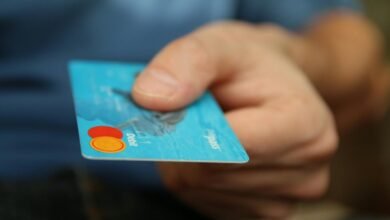How to Use Keyframes for Animation in Video Editors

Keyframes serve as essential markers in the animation process within video editing, allowing creators to define specific points of change for various properties, such as position or opacity. By strategically placing keyframes along the timeline, animators can achieve dynamic movements that enhance storytelling. However, the choice of interpolation techniques, including different easing methods, can significantly impact the perceived fluidity and emotional resonance of the animation. Understanding how to effectively utilize these tools can elevate your work, prompting a closer examination of the nuances that differentiate basic animations from truly compelling visual narratives.
Understanding Keyframes
In animation, keyframes serve as essential markers that define the start and end points of any transition or movement within a sequence.
Understanding keyframe types, such as static and dynamic, is crucial for animators.
Additionally, mastering interpolation methods—linear, bezier, and hold—enables smoother transitions, allowing for greater creative expression and control over the animation’s pacing and fluidity.
Ultimately, this enhances the viewer’s experience.
See also: How AI Is Transforming the Real Estate Industry
Setting Up Keyframes
Setting up keyframes is a fundamental process that requires careful consideration to ensure effective animation.
Understanding keyframe basics involves identifying pivotal points in your timeline navigation where changes occur.
Begin by selecting your desired properties, then position your keyframes accurately along the timeline.
This meticulous placement facilitates seamless transitions, allowing your creative vision to flourish and granting you the freedom to innovate within your animation projects.
Animating With Keyframes
Animating with keyframes involves a strategic approach to crafting motion and expression within your projects.
By defining a motion path, you can dictate the trajectory of your elements, ensuring they flow seamlessly.
Implementing easing techniques enhances the natural feel of motion, allowing transitions to be smooth or dynamic.
This combination gives you the freedom to create animations that resonate with your audience’s emotions and expectations.
Tips for Effective Keyframing
Mastering keyframing requires a blend of artistry and technical knowledge, enabling animators to achieve captivating results.
To enhance your animations, utilize keyframe interpolation for smooth transitions and apply easing techniques for dynamic movement.
Experiment with different easing types, such as ease-in and ease-out, to create depth.
This thoughtful approach allows for expressive storytelling while maintaining fluidity in motion, ultimately enhancing viewer engagement.
Conclusion
In the realm of video editing, the art of keyframing transforms static images into dynamic narratives, akin to a painter’s brush bringing a canvas to life. By strategically placing keyframes, animators orchestrate a symphony of motion, where each transition flows seamlessly like a river winding through a landscape. Mastery of easing techniques further enhances this visual journey, creating an immersive experience that captivates viewers, ensuring that every frame resonates deeply and contributes meaningfully to the unfolding story.





